How to Upskill Employees in Your Cybersecurity Team
22 Feb, 20246 minutesBetween 2013 and 2021, cybersecurity job openings increased by 350%, from one mill...

Between 2013 and 2021, cybersecurity job openings increased by 350%, from one million vacancies to 3.5 million. In 2023, this number of 3.5 million remains, with over 750,000 IT security jobs unfilled in the US alone. With the current talent shortage and skills gaps stalling the filling of these positions, organizations must find a solution. One solution comes in the form of upskilling. But how many companies know how to upskill employees in their cybersecurity team effectively?
Thankfully, in this guide, we’ll show you how to upskill employees in your IT security team, from identifying skills gaps, determining your team's needs, and exploring diverse opportunities to tailoring your upskilling to individual goals and assessing the effectiveness of your upskilling strategy.
Identify cybersecurity skill gaps before upskilling your team
Our first step in upskilling employees is to identify the skills gaps within your IT security team. Here, you should also consider the specific skills your cybersecurity specialists need to be equipped with to bolster your security defenses and remain competitive.
When doing so, conduct a skills audit of your team members to provide a comprehensive view of the gaps within your team. From this audit, assess the outcomes and determine the core competencies you'd like to focus on upskilling to ensure your professionals remain effective in their IT security jobs.
You could liaise with your management and cybersecurity team for their perspective on the audit and the skills they want to be upskilled in. This communication can be done collectively with the whole IT security department to address skills required by everyone in the team and individually through one-to-one meetings to factor in individual skills gaps. Giving your team a voice will help gain the trust of your people rather than your upskilling efforts appearing forced upon them.
Additionally, you may want to segregate your team based on experience and seniority. In essence, the skills gaps within your entry-level talent will differ from those within your more senior-level positions. Therefore, you don't want to upskill talent in areas they're not experienced in, nor do you want to waste the time of high-level specialists already equipped with the required skills.
Once you've identified the specific skills gaps in your cybersecurity team, the next step on how to upskill employees is to determine your staff's learning needs. Scroll to learn more.
Determine learning needs within your IT security team
Everyone learns through different approaches, regardless of whether they’re permanent or contract hires and their role and experience in IT security. Therefore, it's essential to address this and understand the specific learning styles of each cybersecurity specialist in your team.
You can conduct individual meetings or surveys to determine the types of training mediums your talent responds best to and the approaches aligned with their preferences regarding how they learn and, more importantly, retain and apply knowledge.
Recognizing your people will learn differently is an essential step you must get right. By assuming you know how your professionals prefer to be upskilled or taking a one-fits-all approach, you're likely to gain nothing from your strategy. In fact, you may waste time and money on upskilling employees as your talent gains nothing from their training.
Following this, you should ensure your approaches are diverse enough to benefit your team. You may consider group upskilling with the whole IT security department or segregated teams based on specific roles, experience, and skills gap requirements. Alternatively, you may opt for one-to-one training sessions or combine this approach with group sessions.
You should determine whether upskilling will be done during working hours and consider how this will affect schedules within your cybersecurity team. Here, you should also lay out a plan for the frequency of your upskilling training based on the needs of your staff. Upskilling could be conducted once a week, once a month, or once a quarter. It really depends on the preferences of your IT security professionals and your time, resources, and budget.
Another consideration would be utilizing outsourcing services from external training providers or if you have the resources to conduct internal upskilling. Additionally, you should factor in online courses and virtual training for remote and hybrid workers and consider any learning difficulties within your team that may affect your chosen methods. Ultimately, you must find a balance when upskilling employees and identify approaches that cater to everyone's specific learning preferences.
Tailor upskilling employees to individual goals
Similar to how the talent in your IT security team will have varied learning preferences and skills gaps, they'll also have different goals. Therefore, when considering how to upskill employees, it's essential to tailor your strategy to individual plans, career aspirations, and roles.
Conducting one-to-one interactions or surveys is one way to identify the goals of your existing cybersecurity specialists. You can then tailor your upskilling strategy to individual needs based on their aspirations and the company's need for specific skills. Not only will this boost the capabilities of your people, allowing for greater internal innovation, but it will be seen as your way of highlighting your support for career progression, which the modern employee strives for.
When new people join your team, you can determine their goals at the interview and onboarding stages of the cybersecurity recruitment process. Your business may have predefined career paths, so when it comes to upskilling employees, you tailor your approach to those paths.
Alternatively, when you assess the skills gaps within your cybersecurity team, you could chart career paths based on company needs and your employees' desired progression. When doing so, be sure to provide a clear trajectory for development aligned with your company-wide upskilling objectives.
It's also worth liaising with your internal management and leadership team. Here, you should engage in open conversations to understand the specific needs of your individual talent. Doing so lets you see what skills the cybersecurity team requires and which individuals you should focus on tailoring upskilling to.
Tailoring your approach to upskill talent to individual goals allows you to cater to your staff's needs, which makes them feel valued and gives them a purpose to progress in your business. It also allows you to align your strategy to upskilling employees with the team and company goals, enabling you to inspire innovation and grow your organization.
Assess the effectiveness of your upskilling strategy
Our last piece of guidance on how to upskill employees in your cybersecurity team involves assessing the effectiveness of your strategy. Essentially, no matter how successful your approach may be, unless you track the progression of your methods, it’s nigh on impossible to justify a reason behind continuing to upskill talent within your team or finding ways to optimize your strategy.
You should strive to develop real-time performance assessments to monitor the progress of the specialists within your IT security department who are enrolled in your upskilling program. Implementing these assessments could become part of monthly, quarterly, and annual reviews to track the development of your upskilled talent.
Here is what you could ask yourself when tracking your upskilling strategy:
- How was upskilling received by your employees and the wider business?
- Did you close a specific skills gap in your IT security team?
- How many people are engaged with your program?
- Were the new skills learned applied practically and effectively to daily duties?
- Did your employees retain the insights and support given?
- Have you seen any increases in productivity?
- Has your employee retention been positively impacted?
- Did your upskilling strategy align with your talent’s career aspirations?
- Have you seen talent progress to more senior roles due to upskilling?
- How would you improve your upskilling process?
Additionally, ensure you allow for open feedback from your cybersecurity specialists. They’re the ones who are enrolled in your upskilling program, so their opinions count. Whether through group or one-to-one meetings or online surveys, your talent will appreciate your transparency, allowing them to provide feedback. This feedback will go a long way to helping you assess the effectiveness of your upskilling strategy and will support future approaches you take.
The final word on upskilling employees in IT security
Upskilling employees in your cybersecurity team requires a strategic approach that begins with identifying skills gaps, understanding individual learning needs, tailoring training to align with career goals, and continuously assessing the effectiveness of your efforts. By engaging in these comprehensive steps, you can help bridge critical talent shortages and cultivate a highly skilled and motivated cybersecurity workforce capable of driving innovation and safeguarding against evolving threats.
Overall, investing in upskilling your IT security professionals is a strategy worth pursuing if you want your company to stay ahead of evolving threats and secure a strong security posture in the cybersecurity space.
Are you looking for support in closing your business's skills gaps and talent shortages? Gain valuable insight by reading our guide on How IT Recruitment Agencies Can Benefit Your Business. Alternatively, scroll to see how we can help you.
Specialists in cybersecurity recruitment
Now that you know how to upskill employees in your team, you may be seeking support to close skills gaps and talent shortages in your organization. If so, we can help you. Our experienced cybersecurity recruitment consultants are specialists in assisting global businesses source and connect with the market's leading talent to enhance your IT security team.
Contact us today to discuss your IT security recruitment requirements and discover what it means to partner with us.





